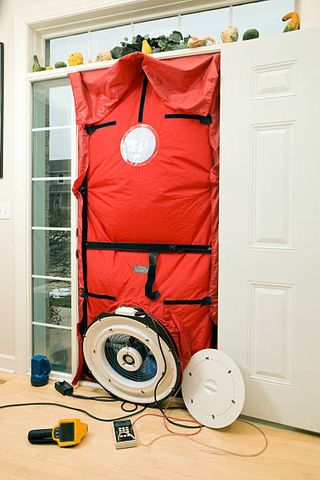The blower door fan method has been around for decades and inherently measures building airtightness at a high pressure of 50Pa. This can exert unnecessary stresses on the building fabric depending on whether it is a pressurisation test or depressurisation test. Windows, doors and hatches etc will be forced closed creating a better seal but unrealistic conditions.
Pulse testing dynamically measures building air leakage at a much lower pressure differential of 4Pa. This is much more representative of "real world" conditions without exerting unnecessary pressure and stress on the fabric of a building. A Pulse test only requires a single pressurisation test that involves releasing a "pulse" of air and measuring the decay in building pressure over a few seconds.
Under the latest CIBSE TM23 guidance, a blower door fan test requires that both a pressurisation and depressurisation test are performed to mitigate the problems caused by testing at high pressure, increasing the time and cost it takes to test a building.

